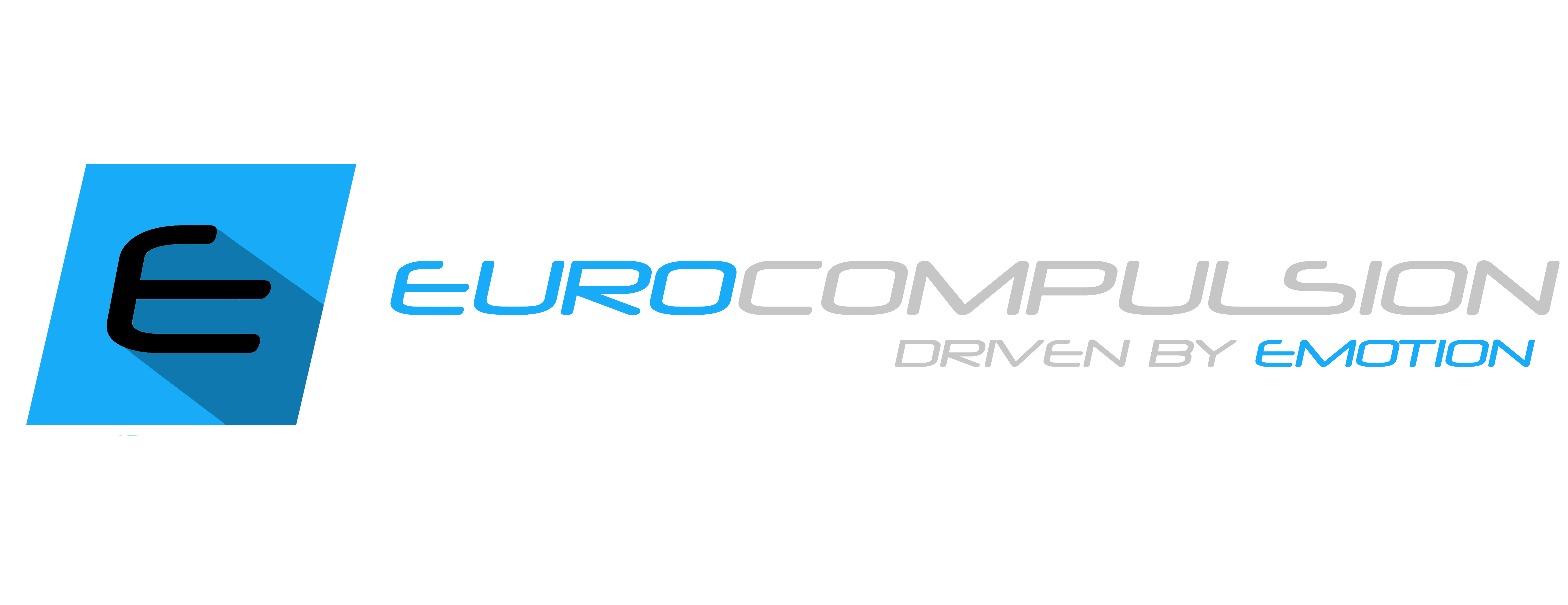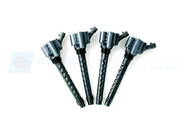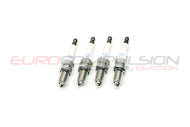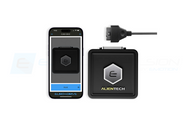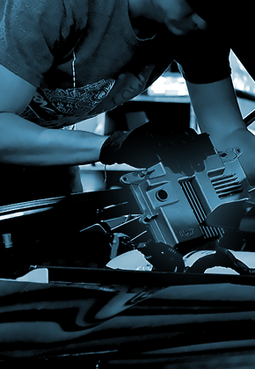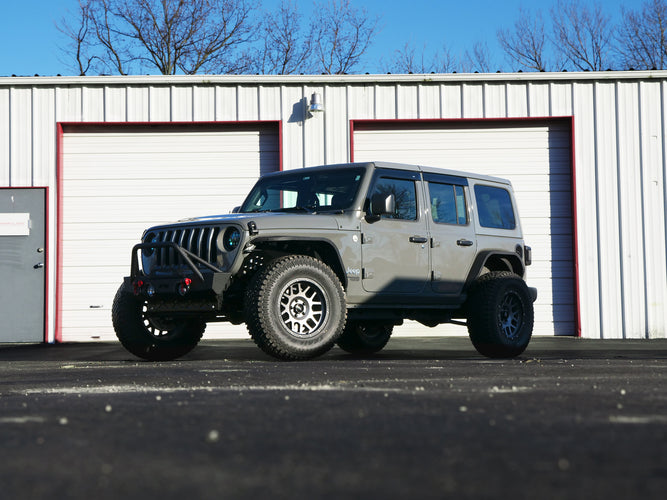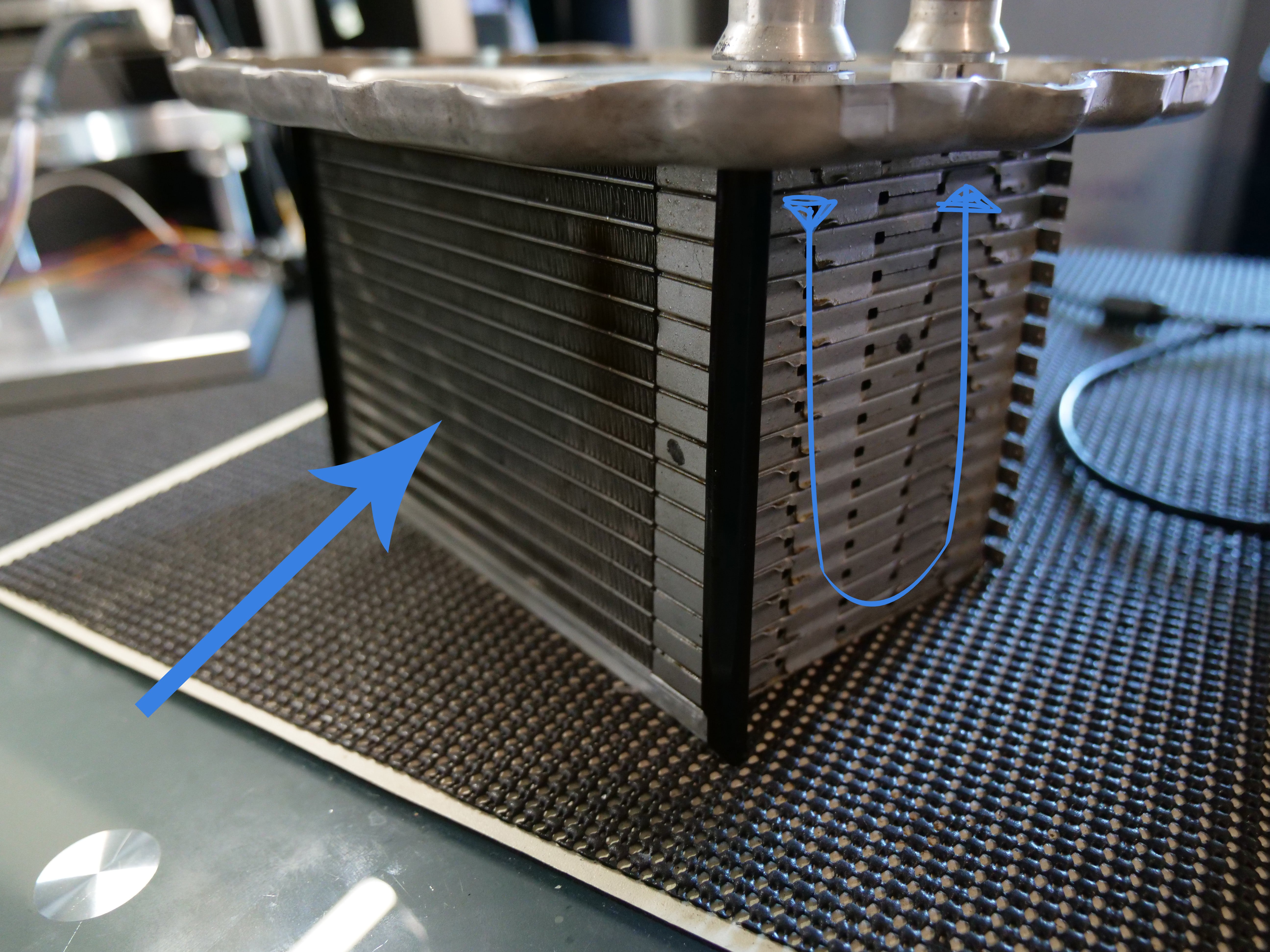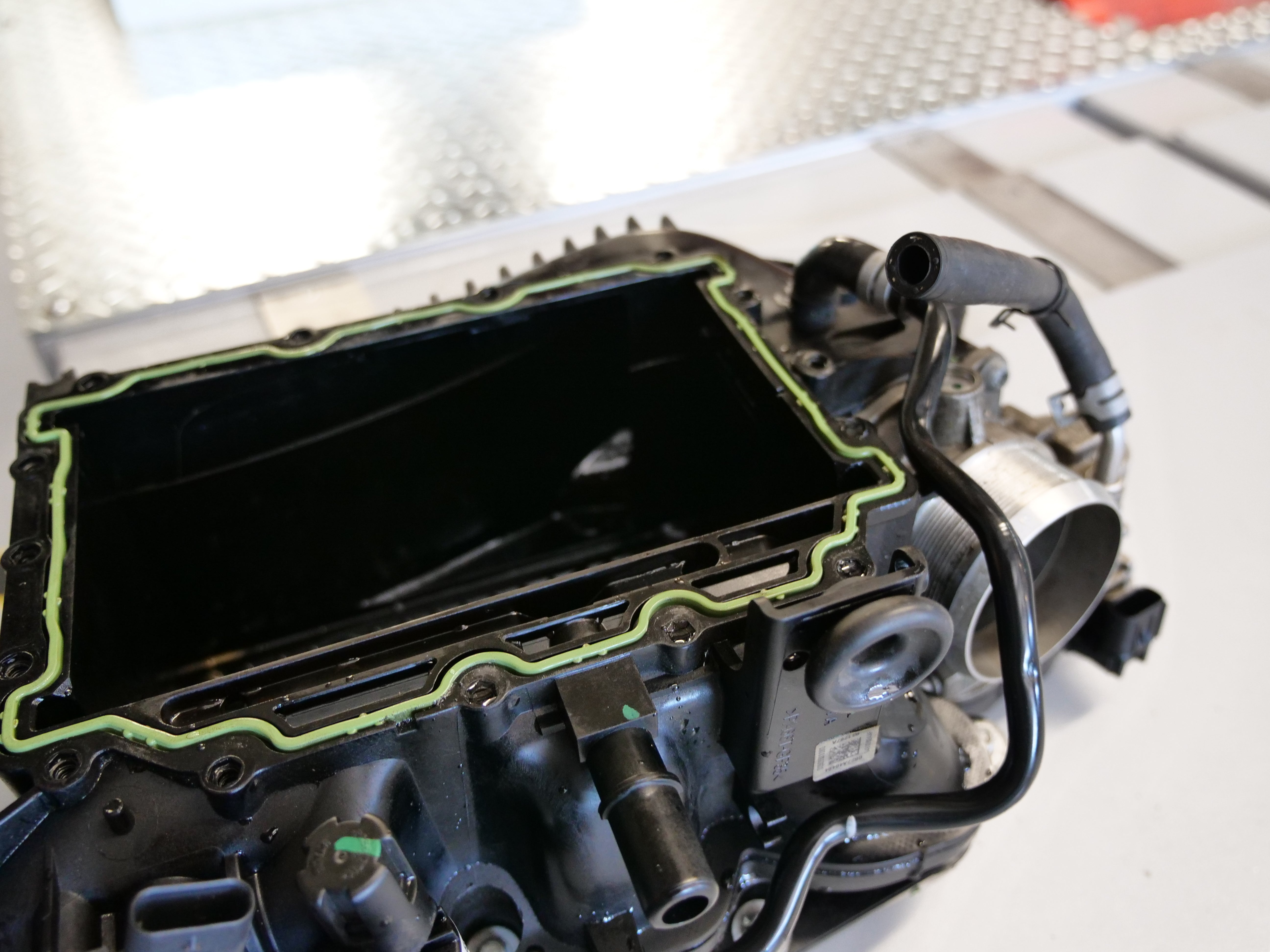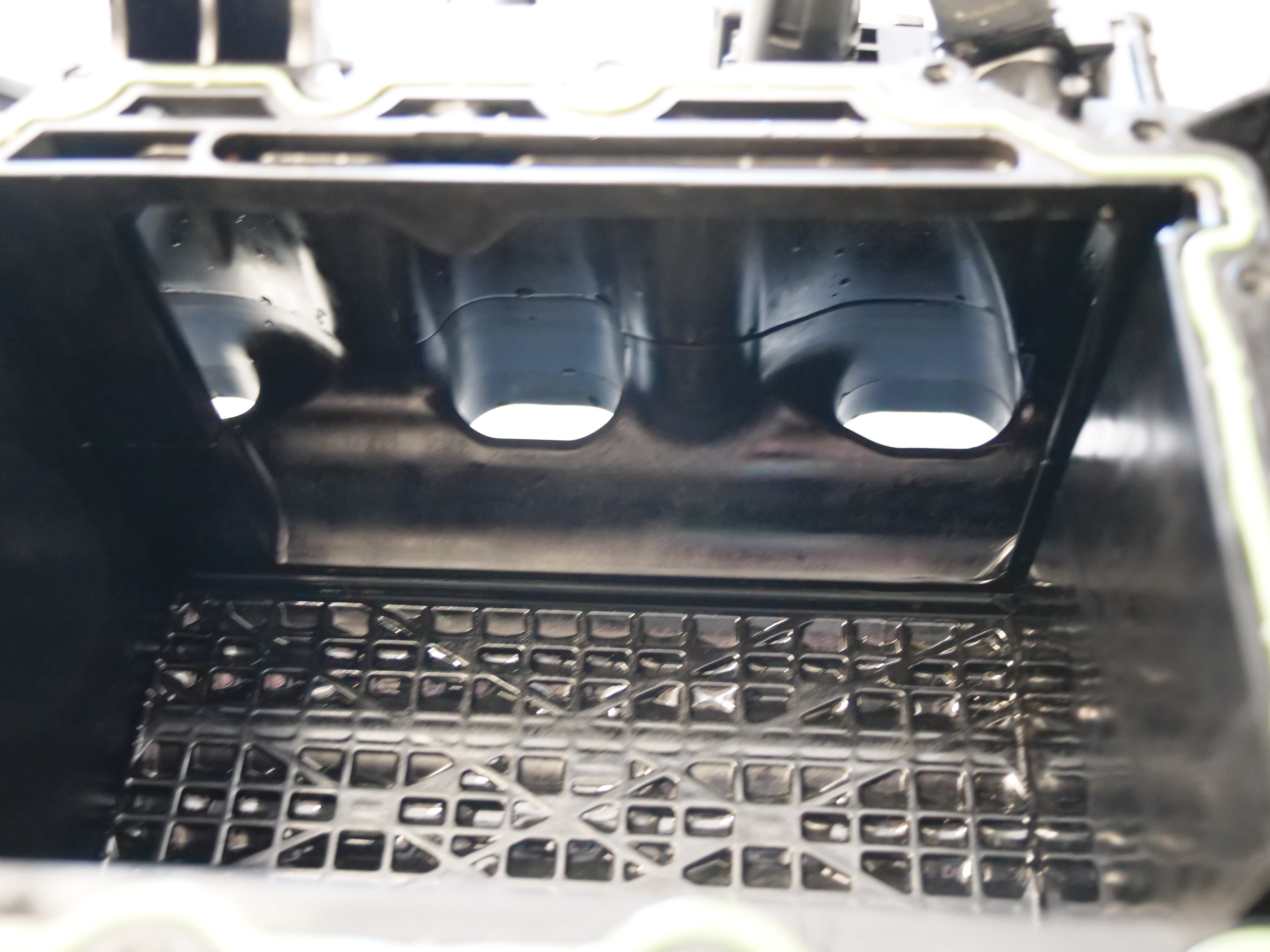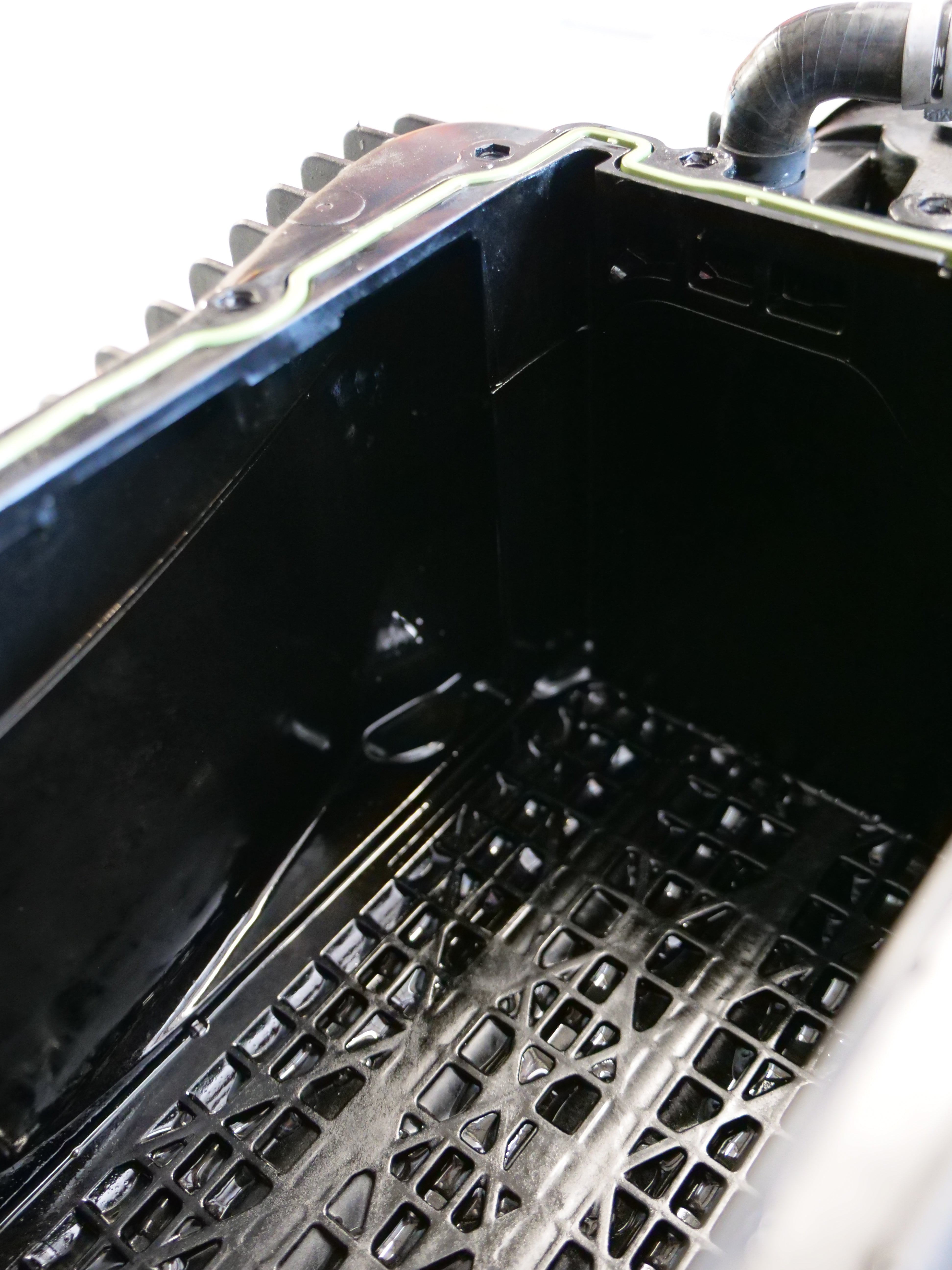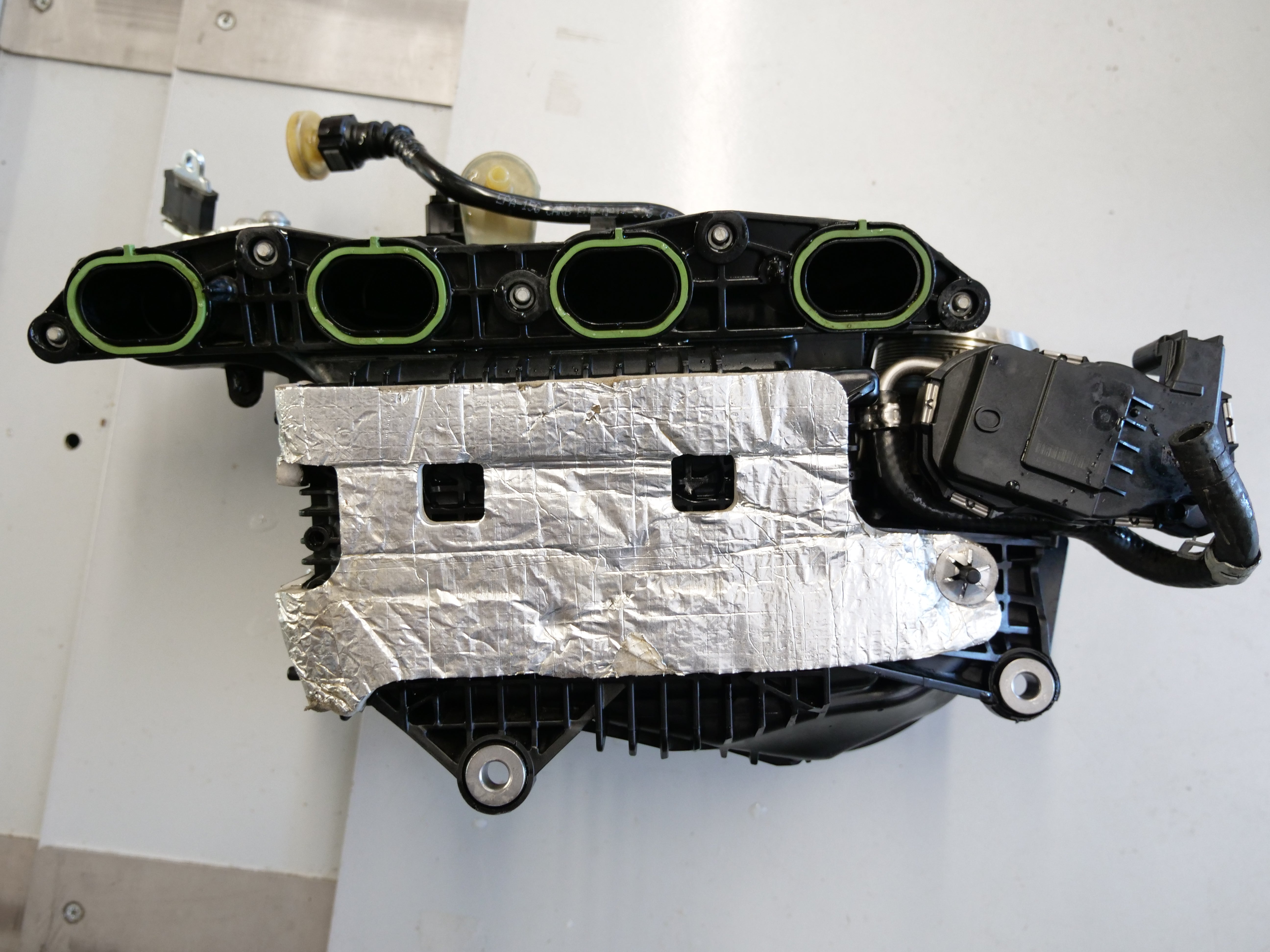In this thread, we'll be documenting the development and build of our MY2020 Jeep Wrangler JL 2.0L.
The purpose of this documentation is to detail developments for the 2.0L platform as it pertains to the Wrangler JL specifically (and we are also looking into how this may carry over to the Cherokee and other future vehicles under the FCA umbrella).
We started with a completely stock vehicle, although many things have been done to the exterior and interior which will be briefly detailed below. At the moment the engine is completely stock.
Our primary focus is on engine performance development and those associated performance metrics, so we likely won't be diving too much into suspension or other modifications.
Let's start with the vehicle specs:

SPECS:
MY2020 JEEP WRANGLER JL 2.0L
AUTO Trans
CURRENT MODIFICATIONS:
- Pro comp series 40
- AT tires
- Eag front bumper
- ACE engineering front liners
- DV8 fender flares
- DV8 5th wheel delete
- Mopar hard top
- 9” Insane audio head unit
- JL speaker upgrade
- Quake led front headlights
- Quake led rear tail lights
- Led fog lights
- AVS Window visors
- Vaitrix PNP Boost Gauge




STOCK BASELINES (DYNO & ACCELERATION):
As with most projects, the priority at the beginning of development is to "get the data". This includes stock baselines on our dyno, with measurements for boost and lambda/AFR.
This also includes some acceleration testing and real world data gathering. To be noted, in every instance we do dyno or road testing where data is being gathered, we typically put back on the stock wheels and tires (this is primarily why no other serious modifications are changes have been made to the suspension, given how often we swap them out).

Overall the boost curve in stock form is relatively steady compared to how it functions on the same engine in the Giulia/Stelvio. The initial peak is slightly lower, but maintains the same amount of boost further throughout the rpm range.
Next, we measured acceleration times (this video footage is from the same Vaitrix testing that we performed while measuring gains from the Vaitrix unit we mapped).
Having this baseline data is valuable for measuring further deltas we will see on tuning development.
ECU TUNING & DEVELOPMENT:
While we have already tested how effective a piggyback unit can be on a stock vehicle, the ultimate goal is to gain access to tuning the ECU mapping, which can yield many benefits to us outside of what a piggyback unit is capable of.
Most piggybacks on the market have one capability: tricking the ECU into changing boost. Some claim to have OBDII trafficking capabilities, and even have fancy apps that can log and show other data.
However, at the end of the day, even with data from the CANbus system, the piggyback system can still at its core only do one thing. Trick the ECU into making more boost.
Utilizing the car's wideband system for a piggyback system can still be ultimately safe, however it's not optimal. For example, you can use a piggyback to increase boost, but what the car does with Lambda/AFRs and Ignition Timing under a certain boost pressure will be outside of the module's control. The ECU will reduce Spark advance with more boost pressure, while attempting to maintain the same AFRs under closed loop control.
With an ECU tune, this is a non issue. The boost can be raised for any scenario, and the ignition timing can also be raised to further optimize performance. Under changes to spark advance, the lambda targets can also be changed so that more timing can be run under a safer mixture.
True optimization for E85, methanol, catalytic thresholds, intake air flow and other modifications can only be fully realized with ECU tuning.
After some initial but long work, we are now able to tune the ECU directly.


At the moment, only direct tuning is possible (meaning flashing on the bench with the ECU off the car). The ECU is fairly easy to open and can be done without affecting the housing or unit itself in anyway.
We are testing clone capability with a spare ECU on our test car (this is the ability to copy an original ECU's information, and then be put on a second ECU that can then be tuned, so as to eliminate footprint issues with warranty concerns should they arise).
Ultimately the goal is full handheld capability, which we can already do on other 2.0L GME vehicles, and hope to have working for the Wrangler as well. (photo is our handheld device with 2020 Stelvio/Giulia)

Now that we are able to retrieve files from OEM ECUs and write modified calibrations, we are dissecting the OEM file structure and locating all necessary tables to make the changes we ultimately desire.
We should have some updates with tuning after we've had a chance to test and dyno some of these changes until a solid Phase 1 tune is complete.
There are other intakes and piping on the market available, but we do have in development a full silicone intake system using an enclosed carbon fiber filter canister. Obviously our primary goal with this piece is to increase torque and horsepower while still maintaining good elevation and inertial separation for those off road minded.
We'll have updates on that and more very soon.
2.0L INTAKE MANIFOLD & L/A INTERCOOLER
We have a spare intake manifold and intercooler unit from a 2.0L GME Stelvio. We are using these components to compare to the units on the Wrangler 2.0L. There's a possibility that hose routings and design may be different, but that the core units (for both heat exchanger and the intercooler core itself) may be the same, at least in size. That is something we are looking into, but here is the info we have observed so far.
The intake manifold on the 2.0L GME houses the intercooler, which is fed coolant from a heat exchanging system further up the line. Air comes in through the throttle, loops through the IC core, and then into the engine.
Below is the intercooler itself, which slides into the intake manifold almost like a cartridge.
It appears that the passages within the dense fins may not be tubes, but instead pieces of metal meant to to be cooled and not for transporting of the coolant running through the unit.
Instead, it appears only cools one side of the core, and hopes to spread that temperature drop or effect across the unit. As a result, the fins are incredibly dense, so that the core can trap every air molecule possible. This will be further examined once we get some replacement cores in. We'll be able to use this piece as a prototype and cut it open to examine the passages to be sure of its operation.
We will be tapping an actual probe to the intercooler plate to get real temp data in order to measure the cooling affect of this core. We've already started designing a core replacement that will allow coolant to pass through the entire body of the core, and increase slightly in core volume as well.
The issue is installation. Without increasing the core size too much, but improving the actual cooling affect, we may gain benefits and power without requiring an end user to remove anything except for the core itself from the manifold. It should be accessible for installation without removing the manifold. But we'll see how effective the improvements are. I doubt anyone wants to remove the intake manifold to install this! The plate and end tanks will have to be designed anyway, but if we make the core too big, you will not be able to remove it from the passenger side of the car where it faces.
Some other observations showed there was quite a bit of oil in the core as well when we removed it. There's evidence of oil singe in some places on the core. I'm not sure if this warrants a catch can to be used on this car (not something we've noticed to be a necessity just yet) but that is also something we are going to explore.
We are also looking into the heat exchangers as well. They are easier to get to on the Stelvio, but more difficult on some of the other vehicles. There's no doubt that an improvement to the HEs or the hoses will result in greater benefits, but we want to be sure to measure the effects separately from any core upgrades.
Here are some more photos of the manifold and core:
Something else this may allow, is increased coolant flow or pump on/off times (something we can manipulate through the tune if the system can support this). This could also increase performance hand in hand.
We'll be looking into whether or not the Wrangler can share this upgrade, or at least modified slightly to offer the same benefits.
CUT OPEN: The Intercooler
Now that more of our other cores and fab pieces have come in, we were able to have a go at cutting our core open to examine.
The small fin like pieces do in fact have coolant running through them, but not without some caveats.
The channels are very,very small. Our replacement core in comparison adds a huge amount of cooling volume compared to stock.
Also, there are some divisions or dividers in the fluid channels (you can't really see them because we cut them away, but they are there). Not sure why as it's all flowing to the same location, but we're going to investigate more.
We will be doing some efficiency testing with the stock core side by side with what we have so far as a replacement core. I don't doubt that the stock core can do the job, but that doesn't mean there's nothing left on the table (in our opinion, there is).
P1CEA / EVAP PERFORMANCE UPDATE:
I'm sure some of you have suffered from the effects of the evaporative emissions system on this intake setup (one intake I have seen (Mishimoto) actually took the time to examine and replicate the factory venturi, but many intakes do not).
Recently FCA put out a software update that increased the sensitivity of this threshold on the 2.0L Alfa platform. This discrepancy only occurs at very low boost 1-3psi, usually when you are cruising at low rpm, low throttle input at highway speed. We are developing a different venturi to deal with this new software update, and we're not sure if this applies to the Wrangler also.
However, we were able to manipulate this in the ECU tune to eliminate the P1CEA code, even with different venturis of different flows. This has also been found in the GPEC4 ECU as well for the Wrangler, so in the future we will be able to eliminate this code should it arise for tuning customers.
We are still in the process of tune testing, and I will have more progress on that coming up.
THROTTLE CONTROLLER | EURO+DRIVE FR
I know many of you may or may not find pedal controllers desirable. We have been testing a new style pedal controller for the 2.0L and 2.9L Alfas which was born out of attempting to develop with manufacturers our existing units we use for the Jeep Wrangler 2.0L. The pedal connector is the same as the Giulia 2.0L, but programming is not. Thus our existing platforms would not work without causing issues on the Wrangler.
We now have a new unit working on the Wrangler and it has proven to be a solid.
Very simple installation, very simple setup, no wiring except what plugs directly into the pedal sensor, and a great deal of settings and modes. We'll be calling it EURO+DRIVE FR (fast response). It is made in Italy (designed by Dimsport).
We should be putting these up for sale in the next week or so (perhaps a video as well).
(These pics are off our Stelvio, but I do have photos from our Wrangler which I will be posting).


UPDATE (11/04/2020) STRIDES MADE IN TUNE TESTING, OBSERVATIONS, & MORE:
Over the last few weeks, we've made some strides in testing and getting our ECU tune testing up and running.
First, we are in the process of working out a handheld solution to flash the car. Our current handheld is a small touchscreen device, we are working on setting up the protocol to work in this fashion. This involves a patch unlock (as we've spoken about before) and also the combination of a bypass unit for the Security Gateway Module (similar to what we have to do on the 2.0L GME variant in the Alfa Romeo Stelvio and Giulia). Our current handheld is a small touchscreen device, we are working on setting up the protocol to work in this fashion.
Difference being that the one on the Wrangler is much easier to get to.
TEST 1: Our first test was a simple boost curve change, in order to gauge that our boost control system was making the right corrections (and that we did not push past the diverter valve's ability to stay closed and hold boost stabilized throughout the rev range). This was raising from stock (19.57psi) to 22psi.
This change to the curve yielded some torque down low, but not much peak power, in lower or higher gears.
TEST 2: This second test would be focused on a very important part of the power band. The Wrangler is not going to set speed records, but the ability to sustain and carry torque after peak throughout the rev range is incredibly important and valuable to our manipulation to mapping for later use (tow or crawling maps, etc).
One characteristic of this engine is to have a slow spool, and then suddenly hit power later in the rev range. This is a great style powerband for the Giulia/Stelvio, but the Wrangler has other practical uses.
We zeroed in on take off and torque limitation, within gears and boost limitation in order to increase the amount of torque delivery and response at lower rpm. The results were fantastic as you will see from the charts below.
Not only has this made the car much quicker from low to mid range, but it pulls hard and injects more excitement into daily driving (both on and off the road).
TEST 3: Combining tests 1 and 2 with some refinement, we arrive at our current stage. A combination of low end torque, mild increases in peak power, and improvements to drivability.
This is where we currently stand, but there is still work to be done.

Torque is massive. But there are some lower throttle to part throttle transitions while city driving in automatic shifting mode that need to be interpolated and smoothed out. So far there are many improvements to all modes of driving, but we still want to iron out some refinement.
Initial response when going part throttle to WOT is massively improved.
Two things you will notice from the chart:
1. The boost curve (laid out at the top of the chart) descends towards redline from peak.
2. Power does the same as it reaches red line, and you see the gap between stock peak power and tuned peak power come closer together.
At the moment we are playing it safe with boost at the top end. Reason being, there's a great deal of wiggle room for timing adjustments across the powerband, which is not only going to help with fuel economy and response down low (especially if you're hanging around the high torque area off road), but will open up peak power at the top end by a great deal.
We are playing the boost safe there, as well as running a slightly richer mixture than we need to be.
Making this adjustment will be the next step to finalizing this Phase 1 tune.
MOVING FORWARD:
We plan to offer additional maps once this overall tune is finished. We're not satisfied with stopping short here the way the curve looks and feels now, but we will have some variations of this mapping that will come with the tuning system as we sell it.
-91, 93, 94 and other octane variations
-Adjustments for those with Intakes and Exhaust pieces (we currently will be dyno testing our own intake, the Mishimoto intake, and a Borla exhaust). We will make specific mapping for those running these modifications, and more as they become available.
-Raised Rev Limiter
-Auto Stop/Start Default Off - This is not eliminating or turning off the Auto Stop/Start feature. It will reverse the logic of the switch, so that it defaults to OFF automatically when you turn on the car. You can turn it back on should you want to use it, this can be done through the tune.
-Map Applications (Phase 1, Crawler or Off Road mapping, City Driving, etc)
We other things possibly in the works, but still undecided on whether or not we will offer these items (like Pops and Bangs, Burbles, etc). We also are able to optimize catless or high flow catted downpipes, etc with no CEL.
We'll see how these other items pan out as we move along. Stay tuned for more soon.
UPDATE 11/2022:
Our tune is now released! For testing info and general info, see our product listing HERE.
UPDATE: 6/12/2023
Our tuning is now compatible via OBDII flashing with our all new TUNERlink OBDII Tuning System. Please check out the link and head to the TECH/SPEC info for more information on mapping and how it works.
